Home>Technology>Security & Surveillance>How To Lock A Pocket Door
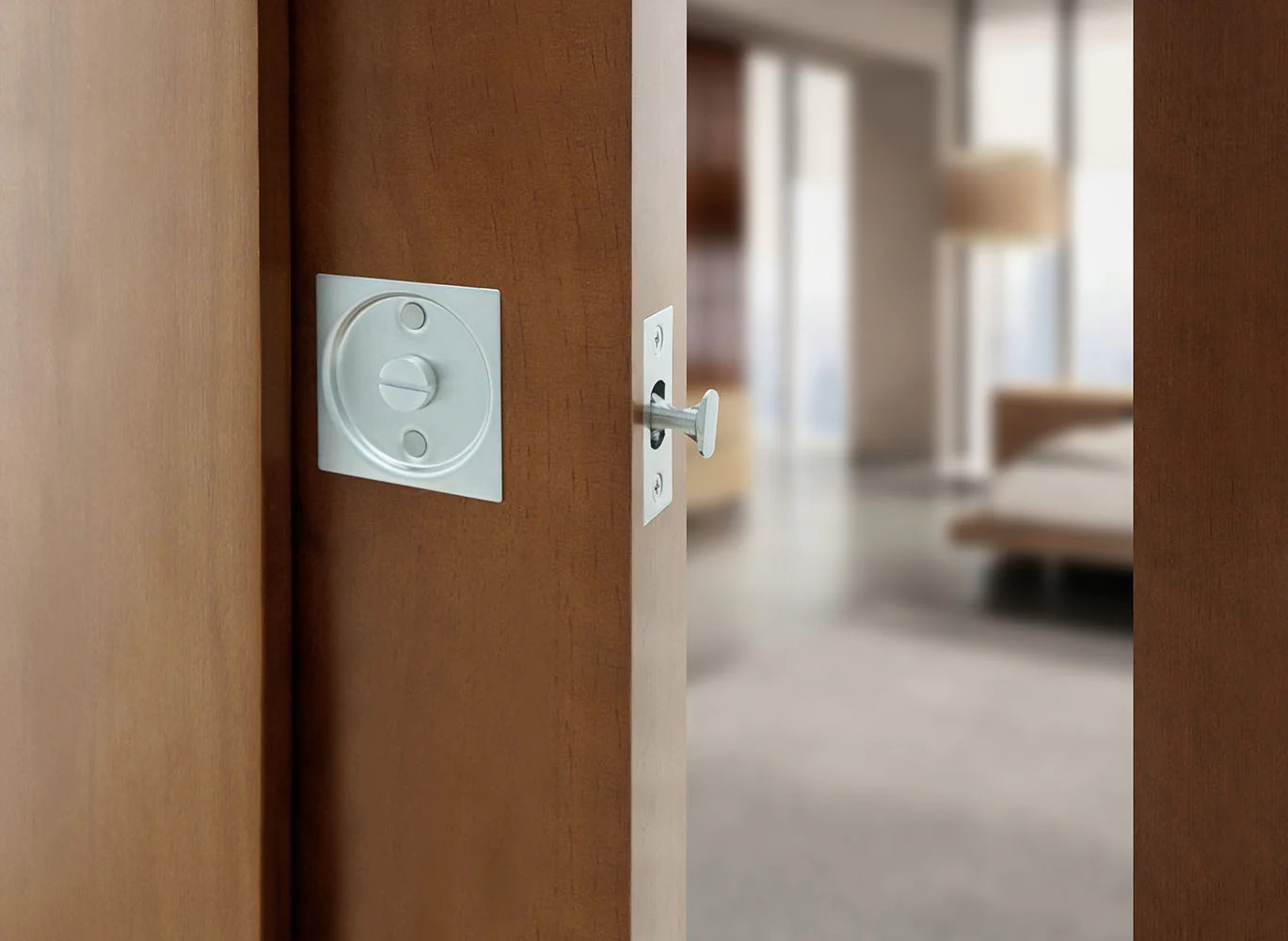

Security & Surveillance
How To Lock A Pocket Door
Modified: January 9, 2024
Learn how to secure your pocket door with our expert tips on enhancing home security. Find out the best practices for installing locks and surveillance systems. Protect your home with our comprehensive guide.
(Many of the links in this article redirect to a specific reviewed product. Your purchase of these products through affiliate links helps to generate commission for Storables.com, at no extra cost. Learn more)
Introduction
Welcome to the comprehensive guide on how to lock a pocket door! Pocket doors are a fantastic space-saving feature in any home or office, seamlessly sliding into the wall to create a seamless transition between rooms. However, one common concern with pocket doors is the ability to secure them effectively. In this guide, we will delve into the various types of pocket door locks, the tools and materials you will need, and a step-by-step tutorial on how to lock a pocket door securely. Whether you're looking to enhance privacy, improve security, or simply prevent the door from sliding open unintentionally, this guide has got you covered.
Pocket doors are not only functional but also aesthetically pleasing, adding a touch of modernity and elegance to any space. By understanding the different locking mechanisms and the steps to install them, you can ensure that your pocket door provides both convenience and security. So, let's dive into the world of pocket door locks and discover how to effectively secure these versatile doors!
Key Takeaways:
- Pocket doors are a sleek space-saving solution, but securing them is essential. Understanding the lock types, tools needed, and installation steps ensures a secure and stylish addition to any space.
- From mortise locks to privacy locks, choosing the right lock for your pocket door is crucial. With the right tools and careful installation, you can enjoy privacy and security without sacrificing style.
Read more: How To Install A Pocket Door Lock
Understanding Pocket Doors
Before delving into the intricacies of locking a pocket door, it’s essential to grasp the fundamental aspects of these space-saving architectural features. Pocket doors are designed to slide open and closed along a track that is recessed into the wall, allowing them to seamlessly disappear from view when fully open. This unique mechanism makes them an ideal choice for areas with limited space or for those seeking a minimalist aesthetic.
One of the key advantages of pocket doors is their ability to create a smooth flow between rooms without the need for clearance space required by traditional hinged doors. This feature is particularly beneficial in areas where space optimization is crucial, such as small bathrooms, closets, or tight hallways. Additionally, pocket doors can contribute to an open floor plan, allowing for flexible usage of space and enhancing the overall ambience of a room.
It’s important to note that while pocket doors offer numerous advantages, they also present specific considerations when it comes to security and privacy. Unlike traditional doors, pocket doors do not have a visible exterior knob or handle, which can make locking them somewhat less intuitive. However, with the right locking mechanism and proper installation, pocket doors can be just as secure as their hinged counterparts.
Understanding the unique characteristics of pocket doors, including their space-saving design and potential security considerations, is crucial when exploring the various options for effectively locking these doors. By gaining insight into the functionality and benefits of pocket doors, you can make informed decisions about the most suitable locking solutions for your specific needs.
Types of Pocket Door Locks
When it comes to securing a pocket door, there are several types of locks to consider, each offering its own set of features and installation requirements. Understanding the various options will help you choose the most suitable lock for your specific needs. Here are some common types of pocket door locks:
- Mortise Locks: These locks are installed inside the door, requiring a pocket or void within the door for the lock to fit into. Mortise locks are known for their durability and security, making them a popular choice for pocket doors.
- Privacy Locks: Designed to provide privacy rather than high-level security, privacy locks are often equipped with a simple locking mechanism that can be engaged from inside the room. They are ideal for spaces such as bathrooms and bedrooms.
- Edge Pulls: This type of lock features a small handle that is recessed into the edge of the door. When the handle is pulled, the door is released from its pocket, allowing it to slide open. Edge pulls are often used in conjunction with other locks for added security.
- Keyed Locks: Keyed locks offer a higher level of security, requiring a key to lock and unlock the door. While they provide enhanced protection, they may not be necessary for every pocket door application.
- Hook and Eye Latches: A simple yet effective option, hook and eye latches consist of a hook that attaches to the door frame and an eye screw mounted on the door. This type of latch is easy to install and can provide a basic level of security.
Each type of pocket door lock has its own advantages and considerations, and the choice ultimately depends on your specific requirements and the level of security you aim to achieve. Additionally, the aesthetic appeal and ease of use should also be taken into account when selecting a lock for your pocket door.
By exploring the characteristics of these various lock types, you can make an informed decision that aligns with your preferences and the functionality you seek for your pocket door.
Tools and Materials Needed
Before embarking on the process of locking a pocket door, it’s essential to gather the necessary tools and materials to ensure a smooth and successful installation. Here’s a comprehensive list of the items you will need:
Tools:
- Screwdriver
- Drill and drill bits
- Chisel
- Tape measure
- Pencil or marker
- Utility knife
- Level
- Hammer
Read more: How To Draw A Pocket Door On A Floor Plan
Materials:
- Pocket door lock kit (specific to the chosen lock type)
- Screws
- Wood shims
- Wood filler
- Finishing nails
- Paint or stain (if necessary for finishing)
It’s important to ensure that you have the correct type of lock kit for your pocket door, as different locks may require specific tools and installation methods. Additionally, having the appropriate screws and shims is crucial for securely mounting the lock and ensuring proper alignment.
Before beginning the installation process, it’s advisable to read through the instructions provided with the lock kit to familiarize yourself with the specific requirements and steps involved. This preparation will help streamline the installation and minimize the risk of errors or delays.
By gathering the essential tools and materials beforehand, you can approach the task of locking your pocket door with confidence and efficiency, ultimately achieving a secure and functional locking mechanism that meets your needs.
Steps to Lock a Pocket Door
Locking a pocket door involves a series of precise steps to ensure that the chosen locking mechanism is installed securely and functions effectively. Here is a detailed guide to help you navigate the process:
Step 1: Select the Appropriate Lock
Begin by choosing the type of lock that best suits your requirements and the specific function of the pocket door. Consider factors such as privacy needs, security concerns, and the aesthetic appeal of the lock.
Step 2: Prepare the Door and Frame
Ensure that the pocket door and its frame are in good condition and free from any obstructions. If necessary, clean the area around the door to facilitate smooth installation.
Read more: How To Lock A Digital Door Lock
Step 3: Mark the Lock Placement
Using a tape measure and pencil, mark the precise location where the lock will be installed on the door. Take into account the manufacturer’s recommendations and any specific instructions provided with the lock kit.
Step 4: Prepare the Door for Installation
Based on the type of lock selected, follow the manufacturer’s guidelines to create the necessary recess or void in the door to accommodate the lock mechanism. This may involve using a chisel or drill to create the required space.
Step 5: Install the Lock Mechanism
Follow the provided instructions to install the lock mechanism securely within the designated area on the door. Use the appropriate tools, such as a screwdriver or drill, to affix the lock in place according to the manufacturer’s specifications.
Step 6: Test the Lock
After the lock is installed, test its functionality to ensure that it operates smoothly and securely. Verify that the door can be easily locked and unlocked, and make any necessary adjustments to achieve optimal performance.
Read more: How To Lock A Door Without A Lock
Step 7: Install Additional Hardware (if applicable)
If the chosen lock requires additional hardware, such as strike plates or door pulls, follow the provided instructions to install these components securely and align them properly for seamless operation.
Step 8: Finalize the Installation
Once the lock and any associated hardware are in place and functioning as intended, make any final adjustments and ensure that all components are securely fastened. If necessary, apply wood filler to conceal any gaps or imperfections resulting from the installation process.
Following these steps will enable you to successfully install a secure lock on your pocket door, providing the desired level of privacy and security while enhancing the functionality and aesthetic appeal of the door.
Conclusion
Securing a pocket door is a crucial aspect of maintaining privacy, enhancing security, and optimizing the functionality of this space-saving architectural feature. By understanding the various types of pocket door locks, gathering the necessary tools and materials, and following a systematic installation process, you can achieve a secure and reliable locking mechanism for your pocket door.
Whether you opt for a mortise lock, privacy lock, keyed lock, or another type of locking mechanism, the key is to select a solution that aligns with your specific needs and complements the design of your pocket door. Additionally, ensuring that the installation is carried out meticulously and in accordance with the manufacturer’s instructions is essential for achieving optimal performance and longevity.
By taking the time to familiarize yourself with the intricacies of pocket door locks and investing effort into the installation process, you can enjoy the convenience and functionality of a pocket door while having the peace of mind that it can be securely locked when needed.
Ultimately, the process of locking a pocket door is an opportunity to enhance the overall usability and appeal of this innovative architectural feature, contributing to a harmonious and secure living or working environment.
With the knowledge and guidance provided in this comprehensive guide, you are well-equipped to embark on the journey of securing your pocket door with confidence and precision, ensuring that it offers both practicality and peace of mind in your everyday life.
Frequently Asked Questions about How To Lock A Pocket Door
Was this page helpful?
At Storables.com, we guarantee accurate and reliable information. Our content, validated by Expert Board Contributors, is crafted following stringent Editorial Policies. We're committed to providing you with well-researched, expert-backed insights for all your informational needs.
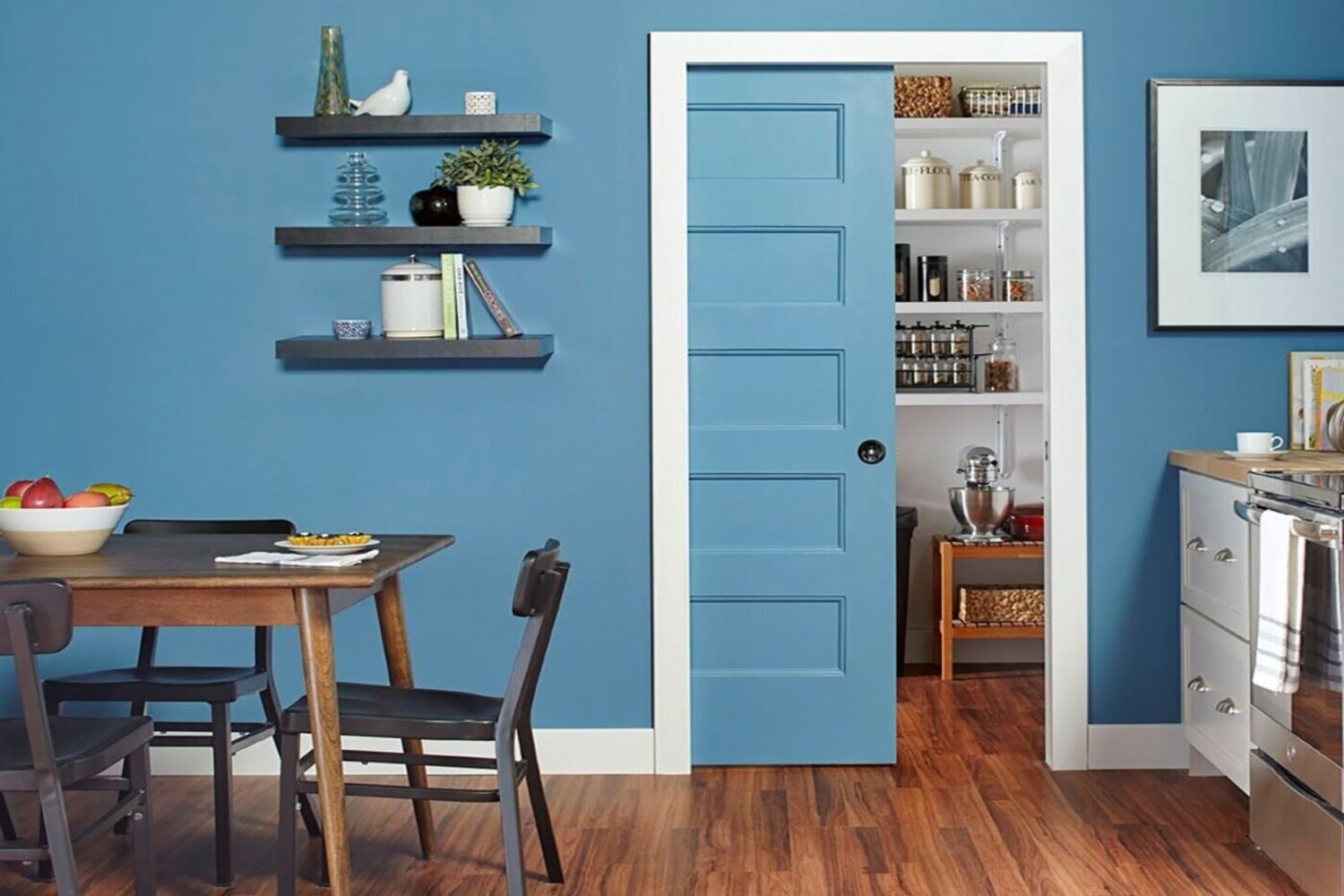
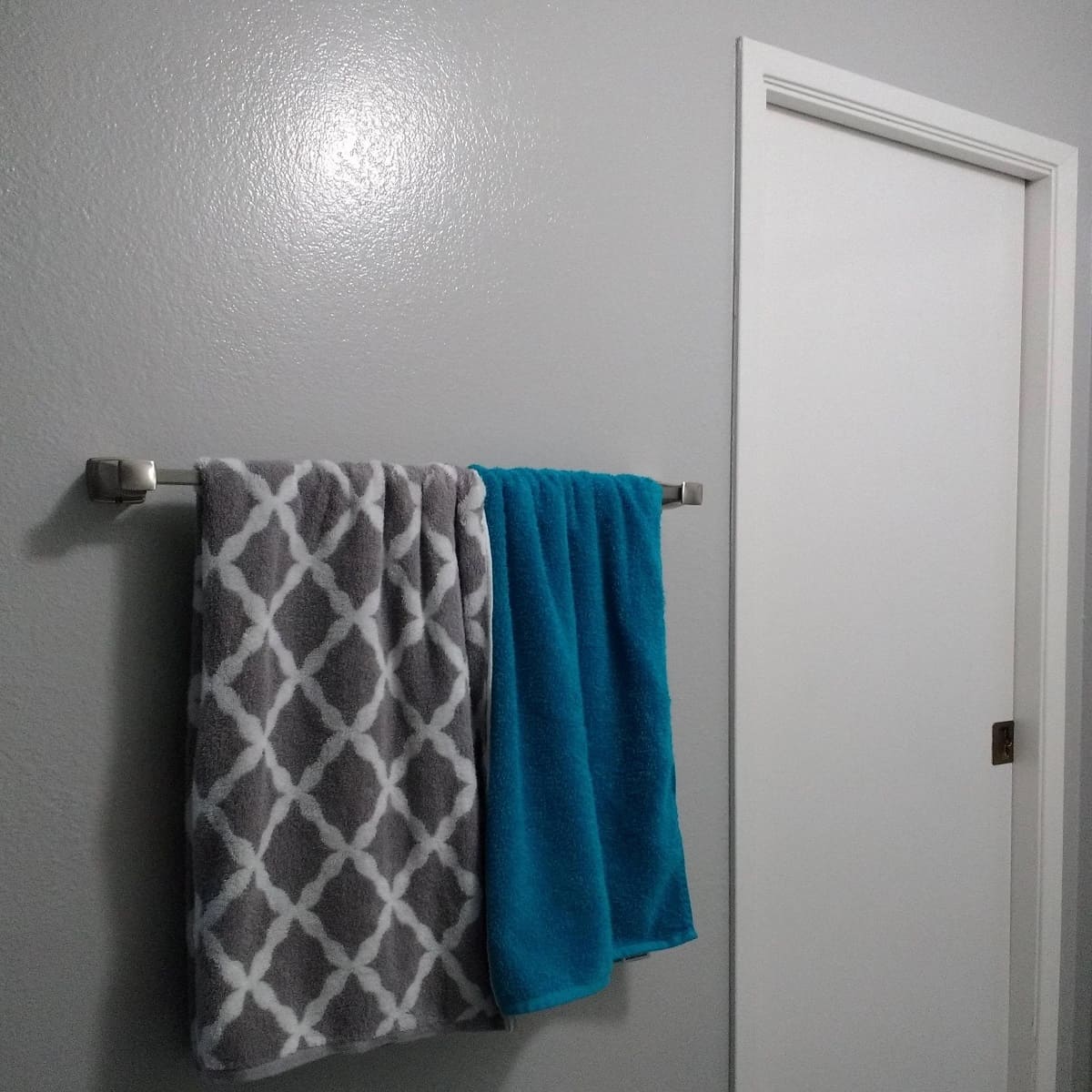
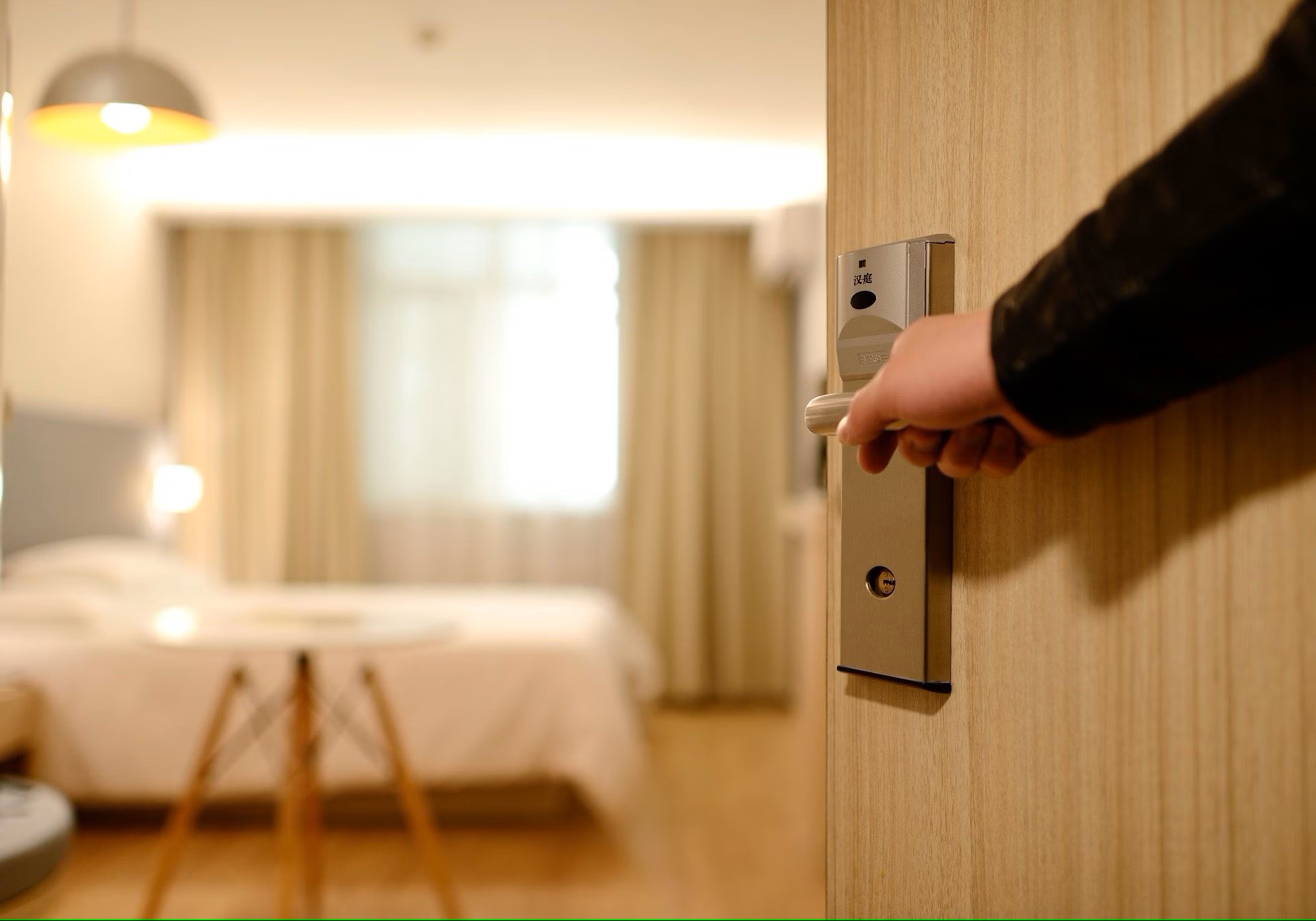
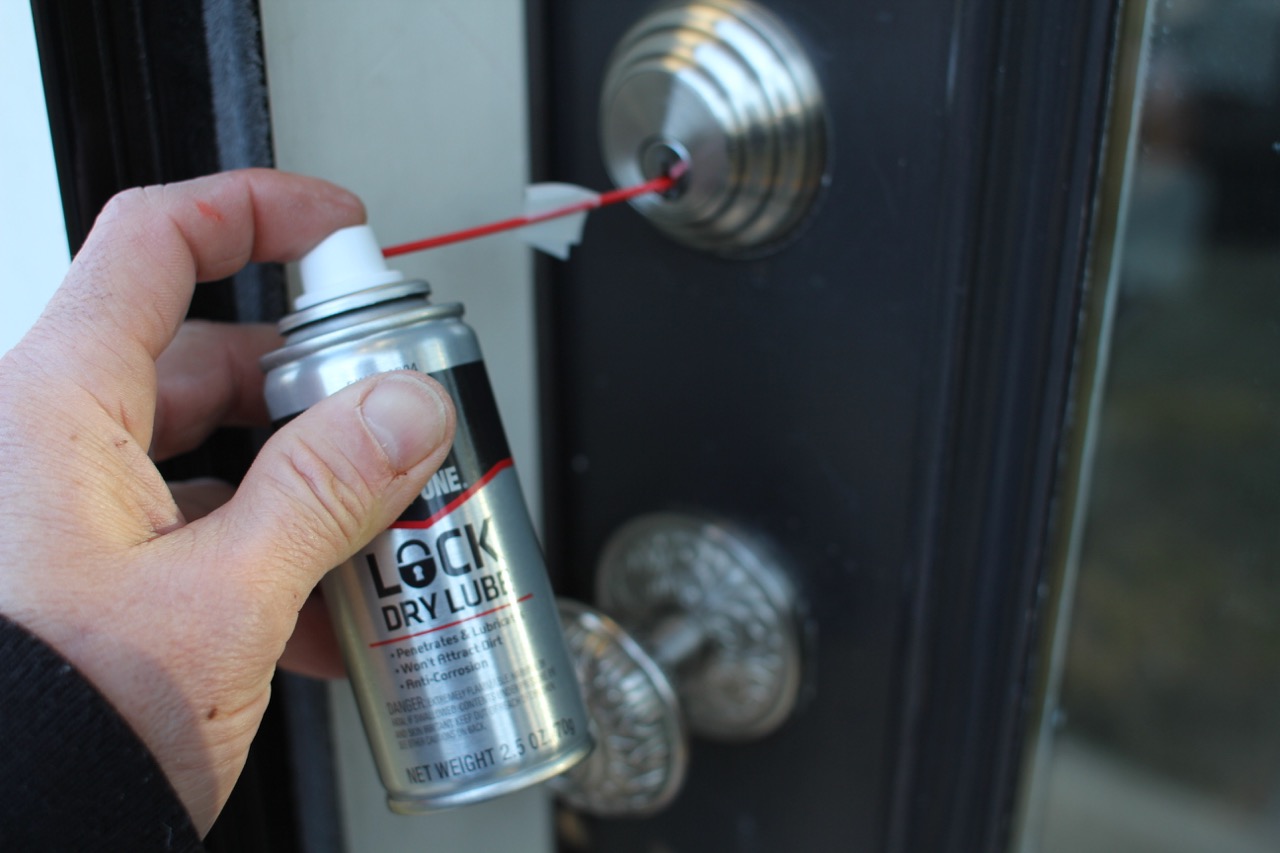
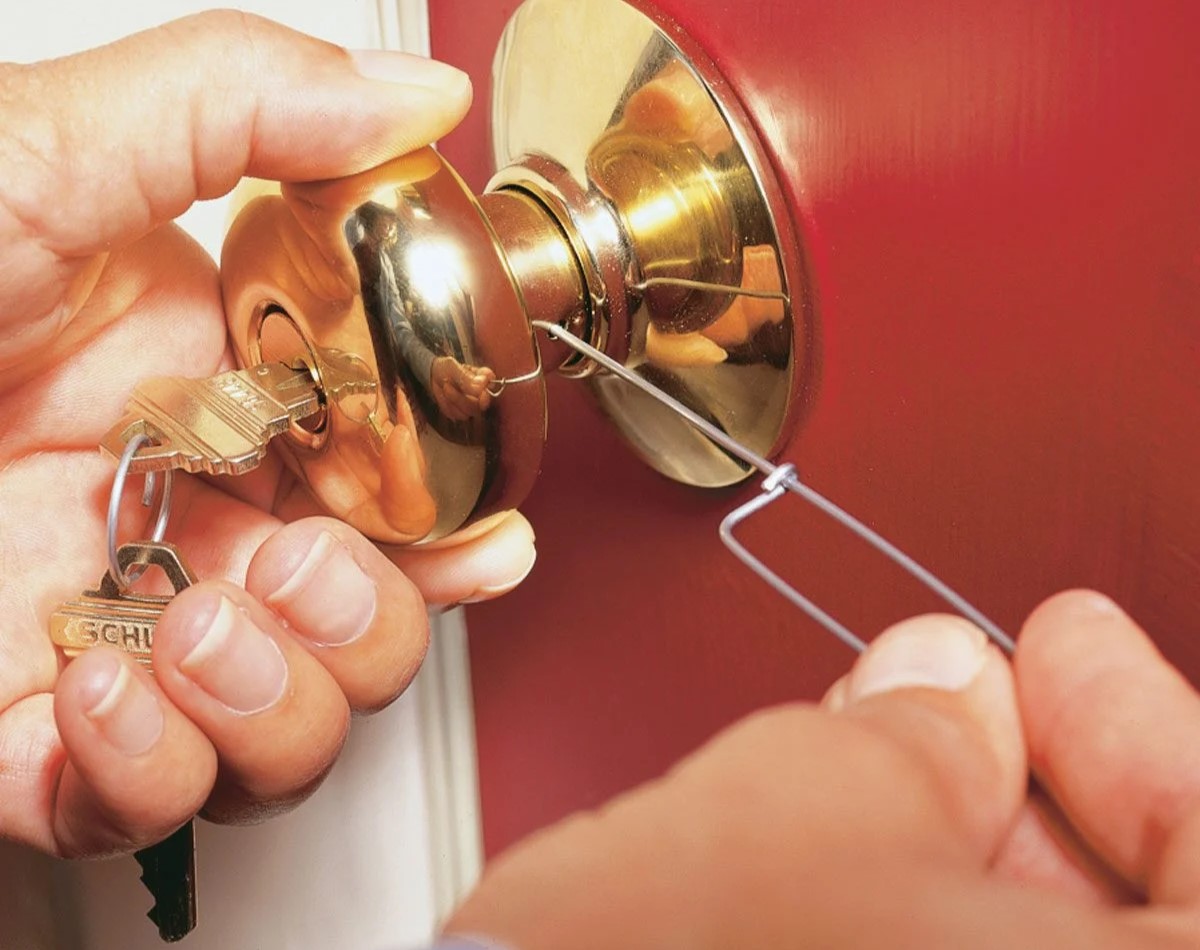
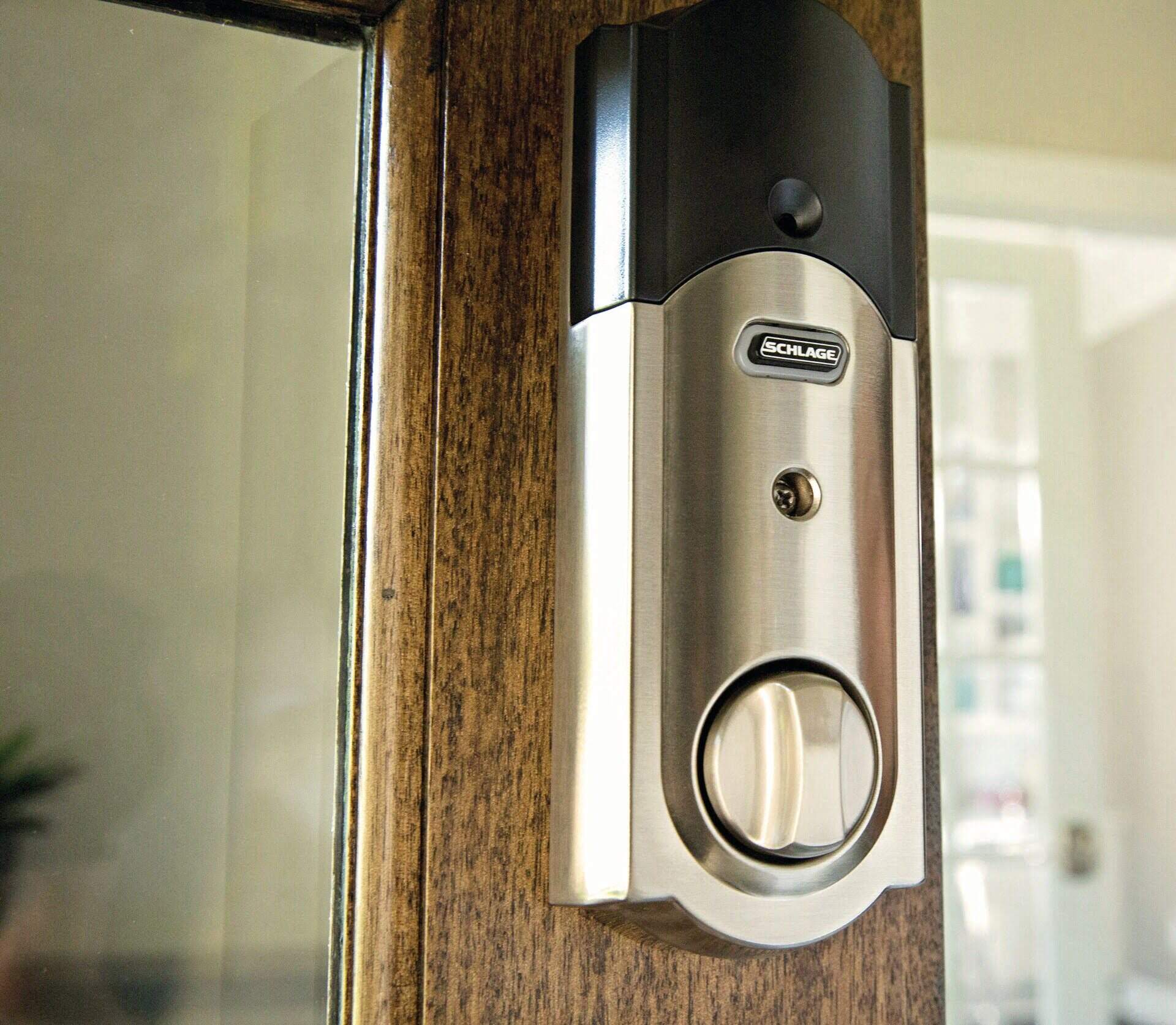
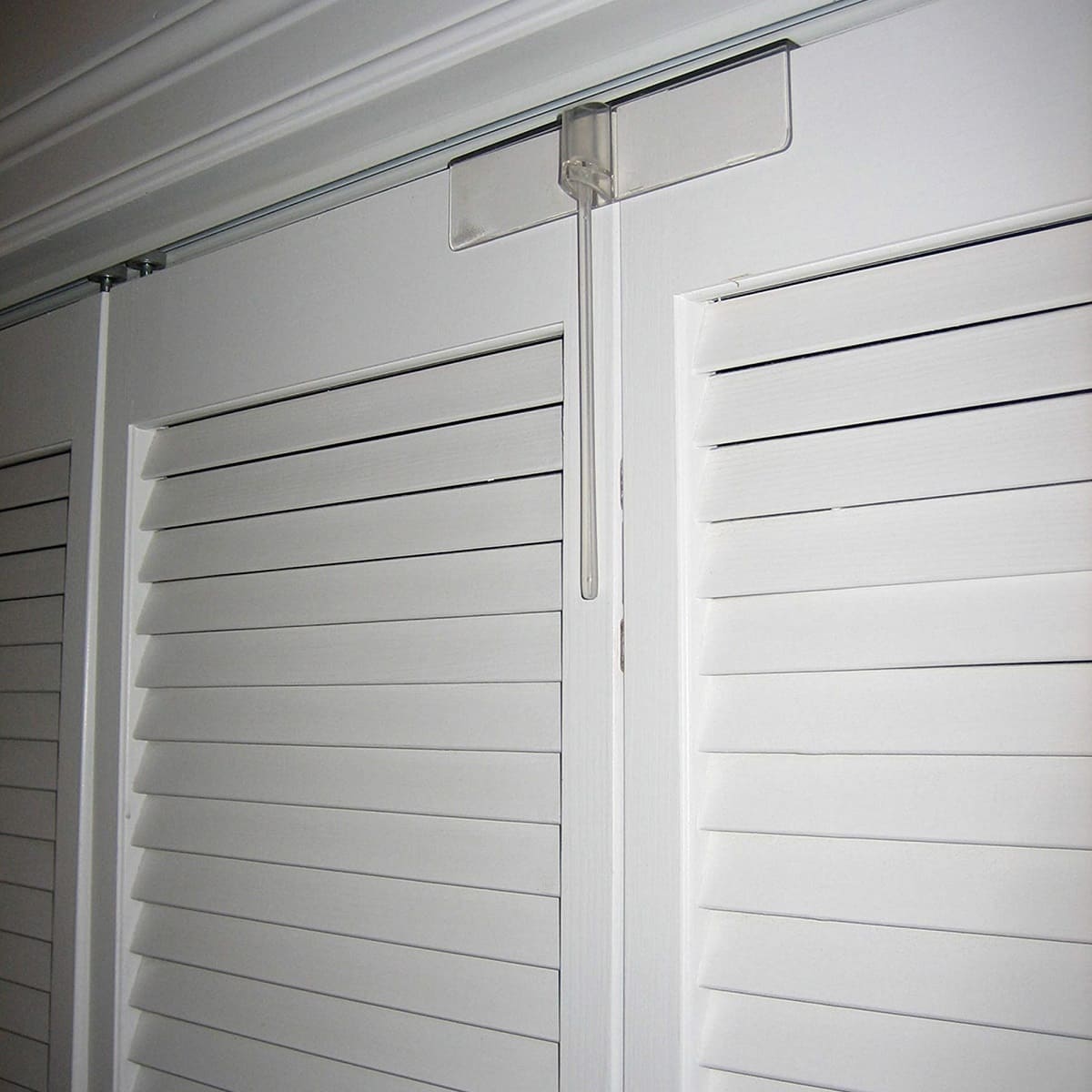
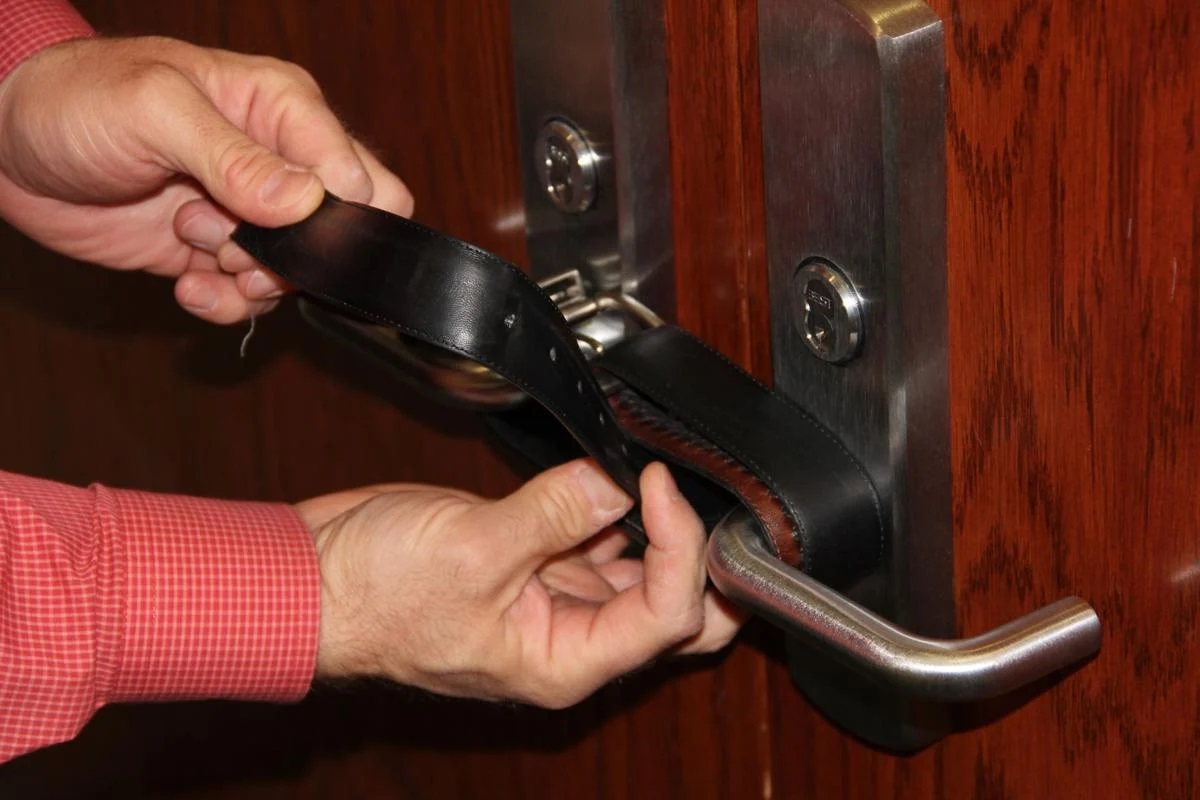
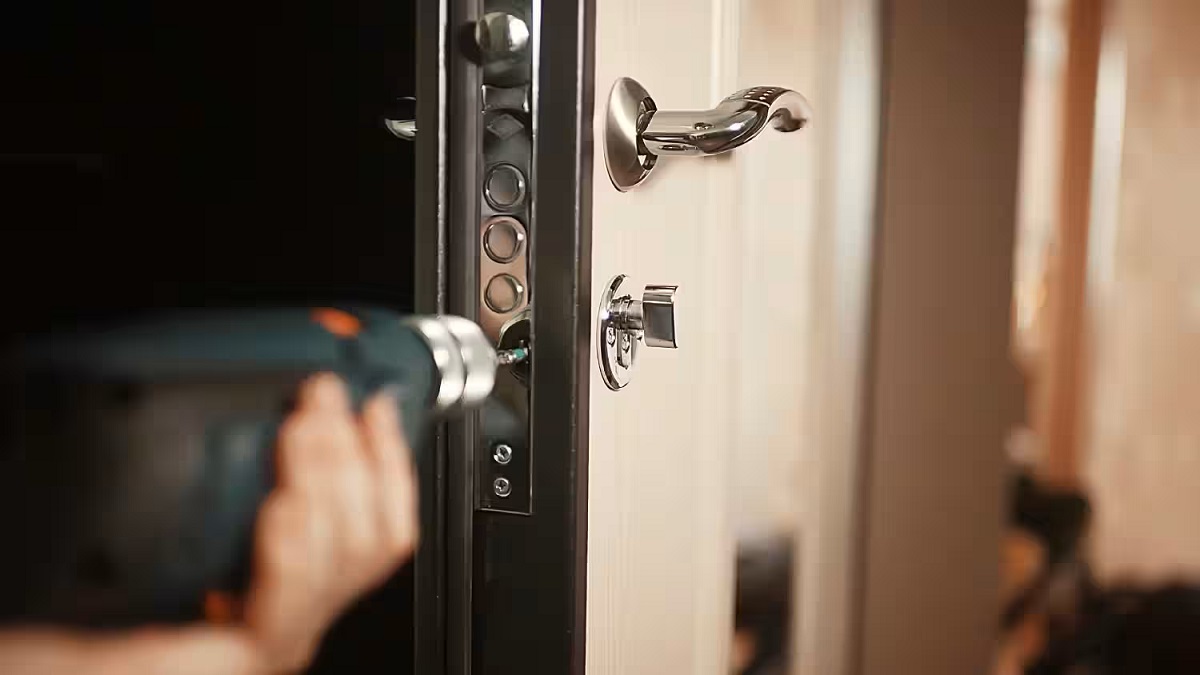
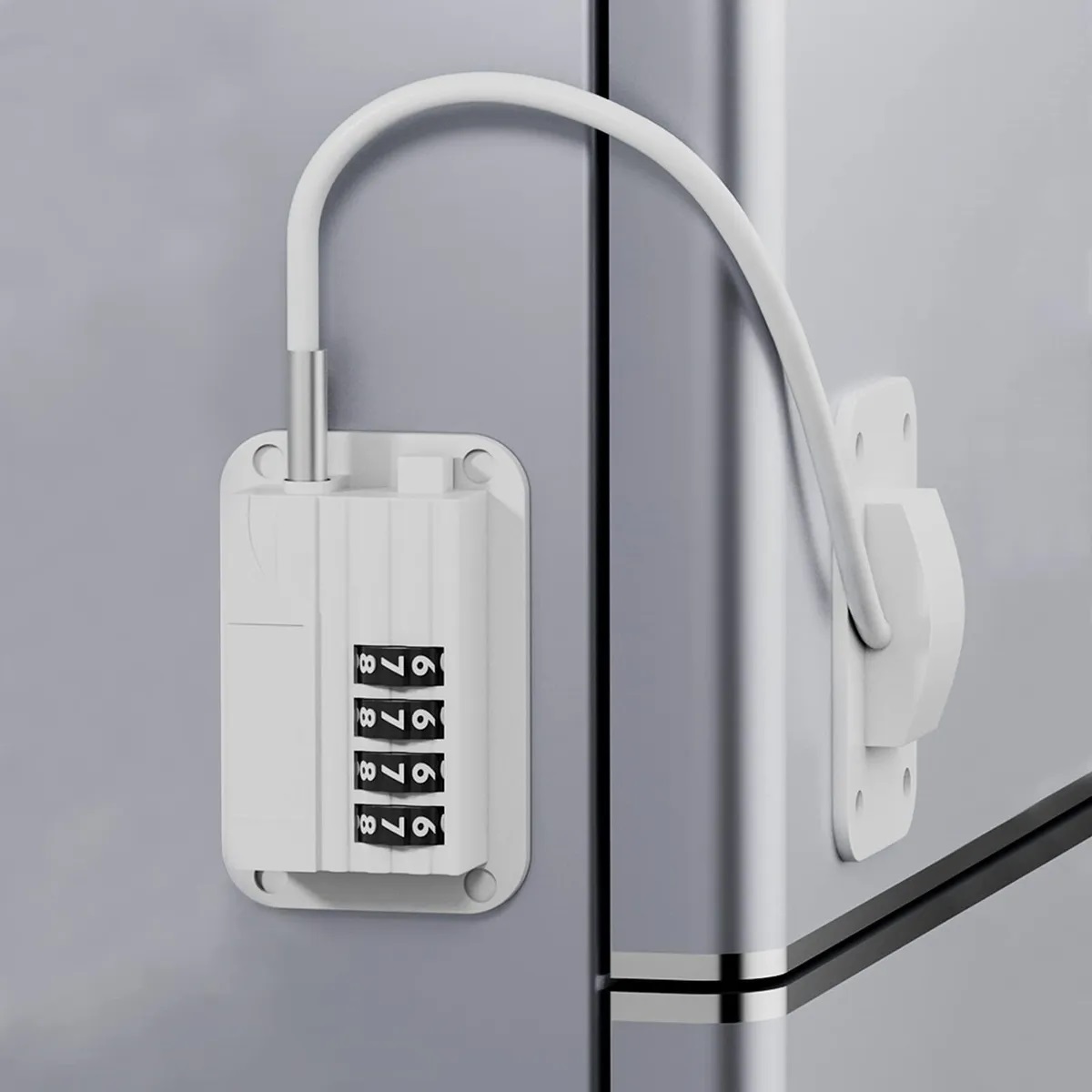
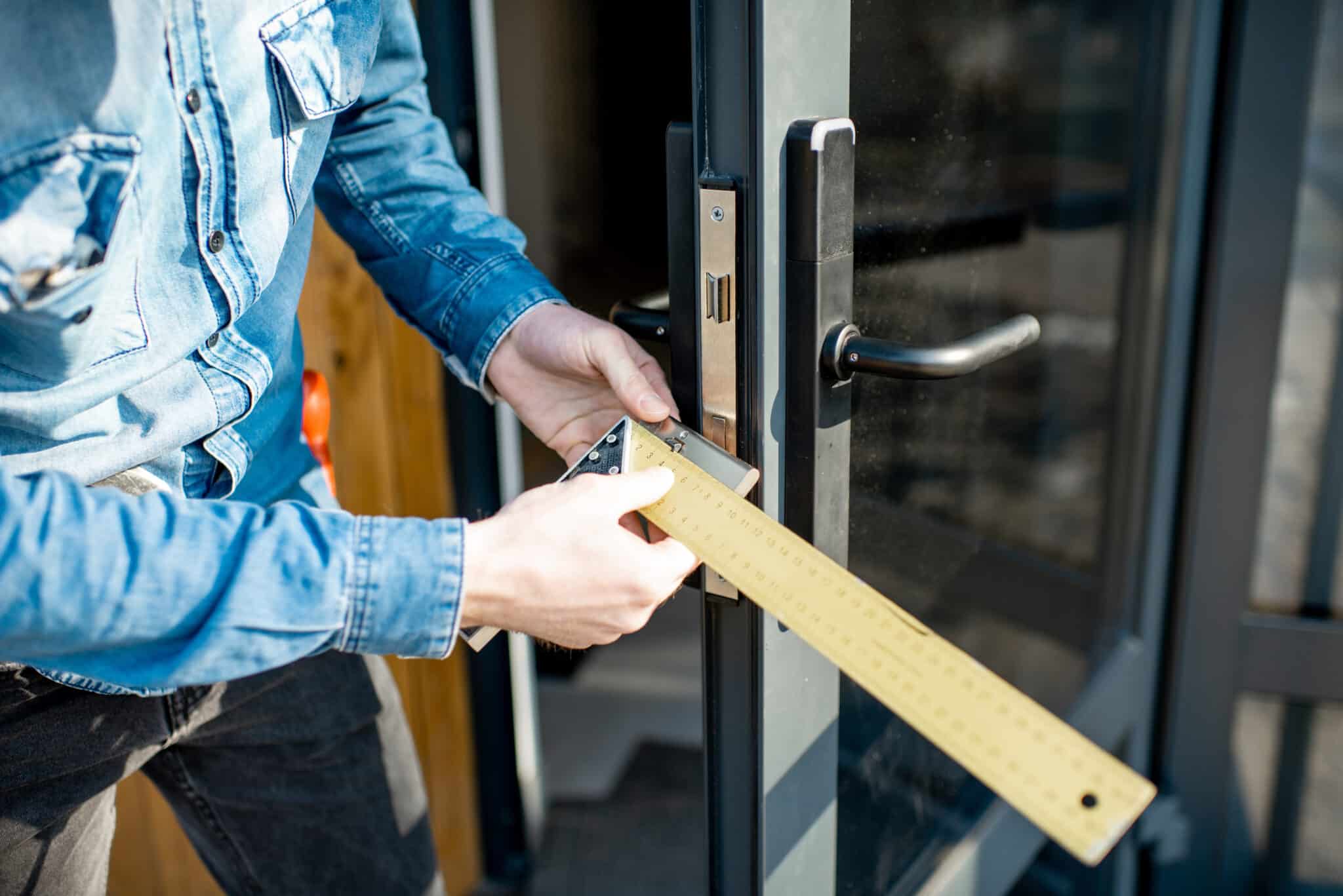
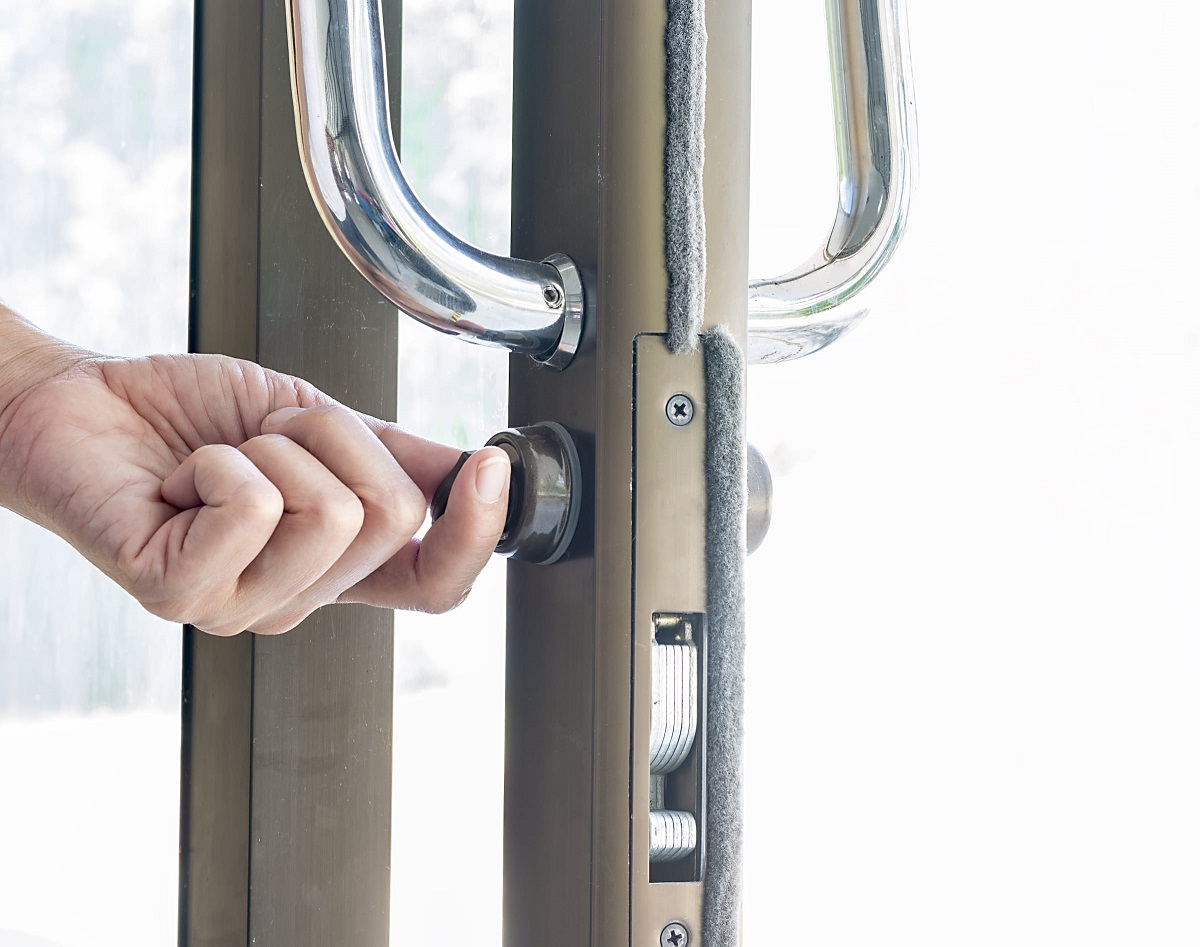

0 thoughts on “How To Lock A Pocket Door”